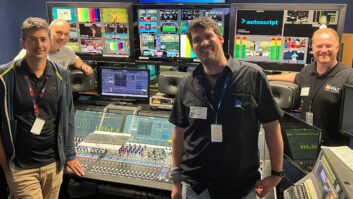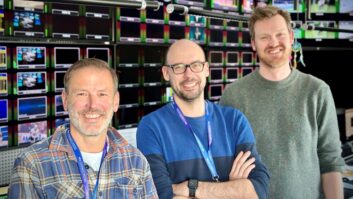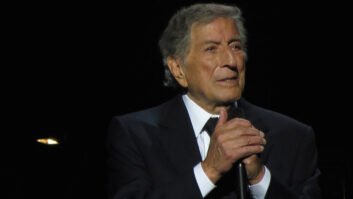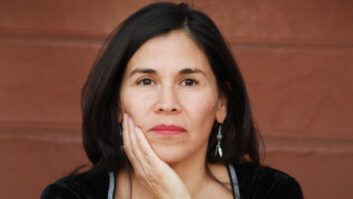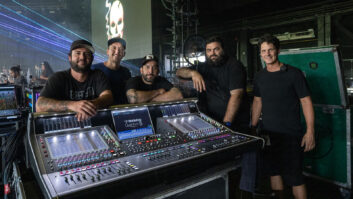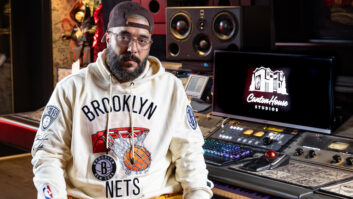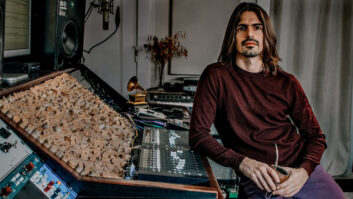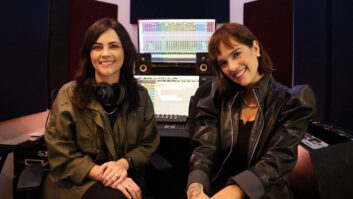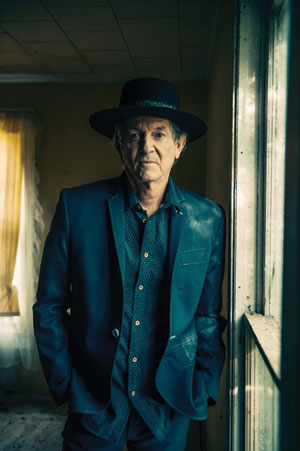
I felt like we were making a record that lived someplace between Memphis and New Orleans,” says engineer Justin Niebank about Rodney Crowell’s new album, Tarpaper Sky. “It was a Delta record to me. I felt the humidity and the groove. Everything was carved out of that.”
Niebank recorded almost all of the tracks on Crowell’s first solo record since Old Yellow Moon, the singer/songwriter’s Grammy-winning album of duets with Emmylou Harris. Tarpaper Sky is a beautiful collection of new country-soul songs—some are gospel-flavored, some rock ‘n’ roll, some a little Latin.
“Rodney approached me about getting a crew of people in Sound Emporium and doing it all live, with no headphones,” Niebank recalls. “That’s a big thrill for me, because I love recording that way. Ever since working on blues records [for Alligator Records in Chicago] back in the ’80s, it’s always been about sightlines and being in a circle and performances and interaction.”
Niebank approaches live tracking dates like Crowell’s with care to harness the potential gifts of leakage. “We set up for live, but we also set up in such a way that any leakage hit the mics from a certain distance,” he says. “For example, we blocked Steuart Smith’s amps off a little bit, but I didn’t want them so far away that the time delay felt weird. I wanted them just far enough away so the leakage gave us a sense of space.
“Or, when you have a singer with the drums in the room, you can’t get the drums so far away that whatever leakage there is, it’s so ambient that it loses the pocket,” he continues. “We moved things around until we got the perfect little spot. And the piano was open; my favorite piano sounds are from old ’30s records, where the leakage of the piano and the other mics was the piano sound.”
Niebank recorded to Pro Tools, through the studio’s 48-channel Neve VRP console and some of his own “funky harmonic-generating” outboard gear. “I used a UAD clock to run the session, which is one of my favorite things,” he says. “They made a box called a 2192; it was a converter, but I use the clock from it because it makes everything sound more ‘analog.’”

Dan Knobler and Rodney Crowell
Niebank says he close-mikes the pieces in Eddie Bayers’ kit, but that the drum sound relies as well on the leakage of the drums into guitar, bass and piano mics. “I always also put up some interesting mic that I can play with to give it a more old sound or a different sound,” he says. “I have a Beyer M88 that I think has an unusual bottom end to it, so when I distort it or overcompress it or get wild with attack and release times on compression, it holds its own; it doesn’t get too thin or too sizzly on the top end, and it gives some power. Sometimes I’ll have that underneath the kit, or I’ll put it over the kick as if you were recording the drums with one mic at home when you’re 16 in your bedroom—that sound.”
Michael Rhodes played electric and stand-up bass, and some parts were on an Ernie Ball Earthwood acoustic guitar-style bass, which Niebank captured via an AEA 92 ribbon. “I love that mic for acoustic bass,” he says. “You get in close, and the side rejection is great.”
As for Crowell, his voice was captured live with the band via a Fred Cameron-modified U 87 and an M 49. Most of the vocals that went down live with the band were keepers, although Niebank says he sometimes edited in a word or two from a different take, or punched in a word or phrase if Crowell—a songwriting perfectionist—decided to alter a lyric.
A few elements on Tarpaper Sky were made in Crowell’s home studio, which includes a Soundcraft Ghost-equipped control room where the artist does his writing, a small tracking room, and tielines to a larger living area for band tracking.
“We cut background vocals for half a dozen songs and a couple of keyboard parts—some harmonium—with Tim Lauer in Rodney’s house,” says Crowell’s longtime studio and live engineer Donivan Cowart, who also recorded Old Yellow Moon.
Crowell also brought engineer/producer Dan Knobler—his future son-in-law—into the fold. Knobler, an observer during the sessions at Sound Emporium, helped Crowell cut the final version of the bittersweet ballad “Famous Last Words of a Fool in Love” at home, as well as several other songs that Crowell plans to save for a solo album to come later.
“This project actually went on for about three years. Some of the songs were finished early and put away, and then some were thrown out and replaced. Every day, Rodney is writing, and he’ll just keep going until he feels it’s right,” Cowart says. “His favorite song is always the song he just finished.”
